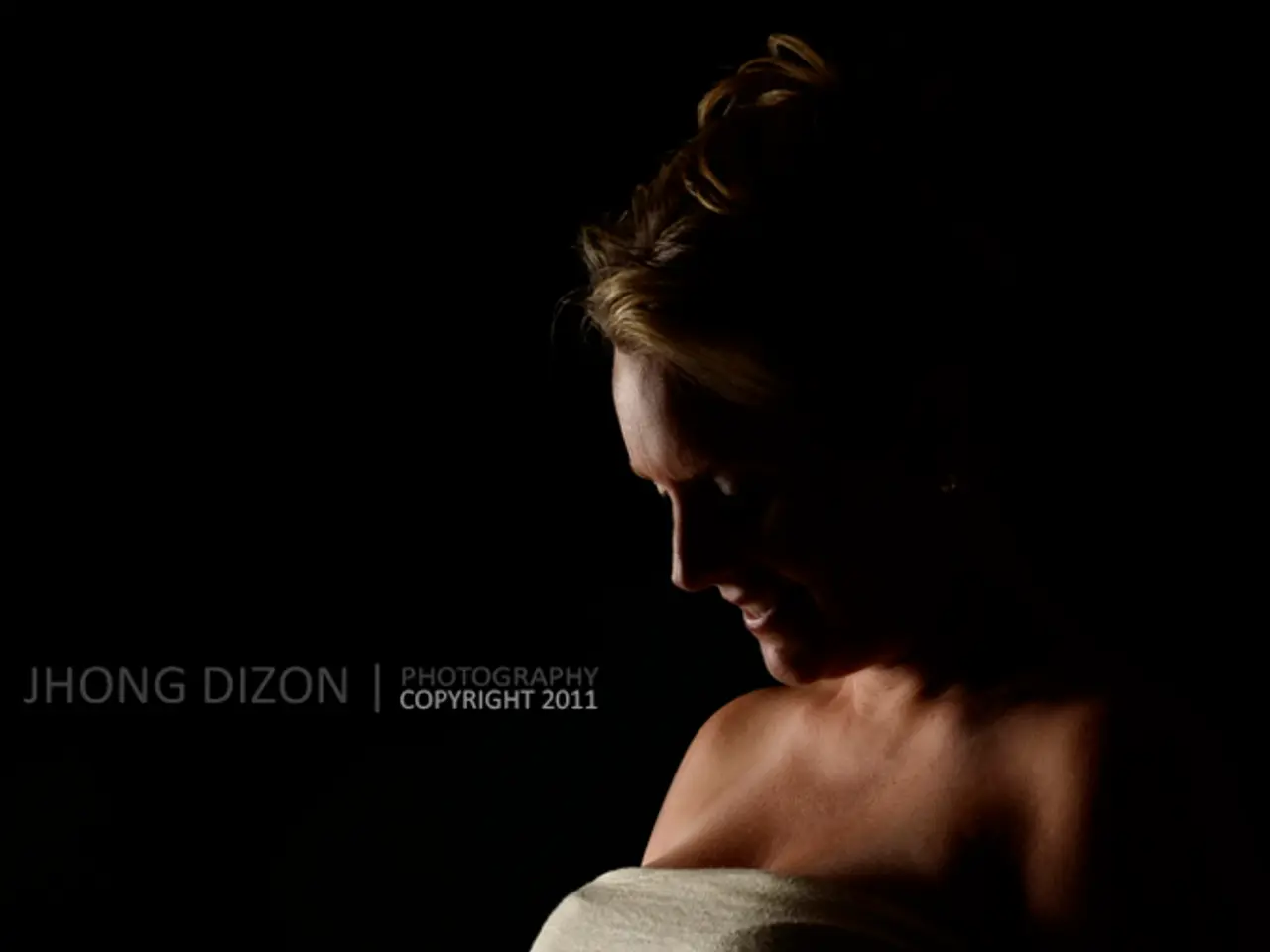Battery Acid Attack Victim's Sight Preserved Through Placenta Treatment
In a heartwarming tale of resilience and the power of human kindness, 43-year-old Paul Laskey, a father from Newcastle, has successfully regained his sight following a harrowing ordeal. The attack, perpetrated by a young man named Robbie Scott, left Paul with severe eye injuries caused by battery acid, resulting in limbal stem cell failure and neurotrophic keratopathy.
Before the surgery, Paul found himself enveloped in despair, unsure if he would ever see the world in its full glory again. The placenta, often discarded after childbirth, emerged as a beacon of healing and renewal for Paul and countless others.
Paul was admitted to a hospital for extensive surgeries, including two cornea transplants. The healing process was slow and arduous, testing his patience and resolve. However, the swift intervention of amnion grafts not only saved Paul's remaining vision but also paved the way for future treatments to restore his lost sight.
Amnion grafts, derived from the innermost layer of the placenta, are rich in natural anti-inflammatory, antimicrobial, antiangiogenic, and antifibrotic factors that promote tissue repair and regeneration in the eye. These grafts provide a biologically active, anti-inflammatory scaffold that supports cell regeneration, reduces scarring, and enhances comfort and vision restoration in a minimally invasive manner.
The key ways amnion grafts assist in healing severe eye injuries include their anti-inflammatory and antimicrobial effects, promotion of tissue regeneration, structural scaffold, low immunogenicity, and practical application. Amnion tissue can be applied as a graft or protective bandage, reducing surgical complications and facilitating faster, less invasive treatments.
Paul received three amnion grafts, crafted from a donated placenta, which helped stabilise his eye and prevent further deterioration. The amnion grafts served as a protective shield over Paul's eye, allowing healing to take place.
Professor Francisco Figueiredo, a renowned ophthalmologist, stated that chemical eye burns are a stark reminder of the fragility of sight. Paul's harrowing ordeal shed light on the critical role of organ donation in transforming lives and restoring hope.
Today, Paul marvels at the transformative impact of the procedure and the generosity of organ donors. He no longer grapples with light sensitivity and can once again face the world outside his window. Paul's story stands as a testament to the resilience of the human spirit and the transformative power of organ donation in rewriting the narrative of survival, one eye at a time.
- The power of human kindness was evident in Paul Laskey's heartwarming tale, as he regained his sight after a harrowing ordeal caused by chronic eye conditions like limbal stem cell failure and neurotrophic keratopathy.
- Before his surgeries, Paul, a 43-year-old father from Newcastle, struggled with despair, unsure if he would ever experience the full glory of sight once more.
- The placenta, often discarded after childbirth, emerged as a beacon of healing and renewal for Paul, leading to the use of amnion grafts in his extensive eye surgeries.
- The use of amnion grafts, derived from the innermost layer of the placenta, promoted tissue repair and regeneration in Paul's eyes, helping save his remaining vision and paving the way for future treatments.
- The healings properties of amnion grafts include their anti-inflammatory and antimicrobial effects, promotion of tissue regeneration, structural scaffold, low immunogenicity, and practical application as a protective shield.
- Paul received three amnion grafts, crafted from a donated placenta, which helped stabilize his eye and prevent further deterioration during the healing process.
- Professor Francisco Figueiredo, a renowned ophthalmologist, highlighted the fragility of sight in chemical eye burn cases like Paul's, underscoring the critical role of organ donation in transforming lives and restoring hope.
- Today, Paul Laskey marvels at the transformative impact of his procedures and the generosity of organ donors, as he now faces the world outside his window without grappling with light sensitivity due to improved cardiovascular health, skin care, and eye health.




